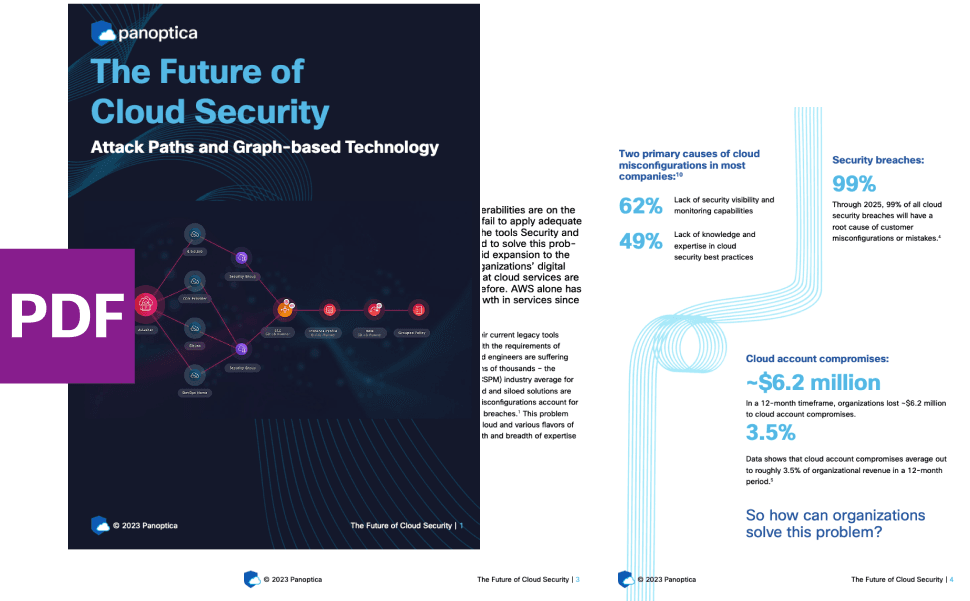Published on 00/00/0000
Last updated on 00/00/0000
Published on 00/00/0000
Last updated on 00/00/0000
Share
Share
IN-DEPTH TECH
7 min read

Share
Ingress supportIngress resources for routing the traffic entering your cluster, everything should work just fine. However, you will be limited to using one ingress gateway for all your ingress traffic. This can be a security issue, and it also prevents you from setting up separate ingress gateways for your different teams or products. Additionally, this will cause you to miss out on some Istio features.
Considering these limitations, it usually makes sense to use native Istio routing.
Ingress and Istio resources together to configure the same Istio ingress gateway, conflicts between them can easily cause difficult to diagnose problems; you should stick to using one or the other for a given ingress gateway.
All in all, if you have Istio running in your cluster, it's a good idea to use it for your ingress gateways, too.
So, what does this mean in terms of cert management automation? Well, cert-manager doesn't support Istio at the moment. There are solutions, though. When using an ACME issuer with challenge type HTTP-01, you will end up with an Ingress resource for routing the ACME challenge request. If you disabled Kubernetes Ingress support in Istio (or you specified a non-existent ingress class in the Issuer resource), then no ingress controller will react to the Ingress resource, therefore, no HTTP request will be routed to the ACME solver pod(s).
What can we do? Two possible solutions: translate the Ingress resource into Gateway and VirtualService resources, or add Istio support to cert-manager.
Obviously, adding Istio support to cert-manager would be the perfect solution, but it's a more involved process. Nonetheless, at Banzai Cloud, we're already working on just such an implementation. In fact, we have a functional solution, although it needs some more love before it's production ready (cert-manager#3011).
Ingress resourcesIngress resource with Istio resources. It's possible to do this by hand, but usually the reason we use the ACME protocol is automation, so introducing an error prone and repetitive manual step into that process sort of defeats the point.
When properly automated, this can serve as an effective solution, though. The good news is, if you're a Backyards (now Cisco Service Mesh Manager) user, you can try it out right now, because Backyards 1.3 includes this feature. If not, then feel free to use the evaluation version!
Want to know more? Get in touch with us, or delve into the details of the latest release. Or just take a look at some of the Istio features that Backyards automates and simplifies for you, and which we've already blogged about.
$ backyards dashboardGateways from the menu on the leftHTTP-01 challenge. In our case, it's istio-ingressgateway.
ADDRESS field.Ports & Hosts section, click on create new in the upper right cornerhosts. You can enter several by hitting enter after each one.You can also set up a domain under .banzaicloud.io for testing purposes if you don't want to use your own domain name. Just click on the checkbox to the right of use .banzaicloud.io and a new domain name will be generated for you, then add a subdomain under the generated domain name.Use Let's Encrypt for TLS to get a certificate for your domain from Let's Encrypt
CreatePorts & Hosts list, both for the host frontpage.qahqab.backyards.banzaicloud.io. One of them on port 443, and the other on port 80. The latter one is for solving the ACME HTTP-01 challenge created by translating the Ingress resource.
 While the certificate is being acquired, you can look up and see the contents of related
While the certificate is being acquired, you can look up and see the contents of related Ingress, Gateway and VirtualService resources:
Ingress resource created by cert-manager:
apiVersion: extensions/v1beta1
kind: Ingress
metadata:
annotations:
kubernetes.io/ingress.class: istio
labels:
acme.cert-manager.io/http-domain: "1270878147"
acme.cert-manager.io/http-token: "1101532839"
acme.cert-manager.io/http01-solver: "true"
name: cm-acme-http-solver-nnpg2
namespace: istio-system
spec:
rules:
- host: frontpage.qahqab.backyards.banzaicloud.io
http:
paths:
- backend:
serviceName: cm-acme-http-solver-rrg8c
servicePort: 8089
path: /.well-known/acme-challenge/XMMsPcDx1KkqfG1DE6xsgjyoh9r697I9BXkgwnr_45sGateway and VirtualService created by Backyards from the above Ingress resource:
apiVersion: networking.istio.io/v1beta1
kind: Gateway
metadata:
labels:
acme.backyards.banzaicloud.io/http-domain: "1270878147"
acme.backyards.banzaicloud.io/http-token: "1101532839"
acme.backyards.banzaicloud.io/http01-solver: "true"
name: cm-acme-http-solver-nnpg2-czvnv
namespace: istio-system
spec:
selector:
app: istio-ingressgateway
istio: ingressgateway
servers:
- hosts:
- istio-system/frontpage.qahqab.backyards.banzaicloud.io
port:
name: http
number: 80
protocol: HTTPapiVersion: networking.istio.io/v1beta1
kind: VirtualService
metadata:
labels:
acme.backyards.banzaicloud.io/http-domain: "1270878147"
acme.backyards.banzaicloud.io/http-token: "1101532839"
acme.backyards.banzaicloud.io/http01-solver: "true"
name: cm-acme-http-solver-nnpg2-tv22w
namespace: istio-system
spec:
exportTo:
- "*"
gateways:
- istio-system/cm-acme-http-solver-nnpg2-czvnv
hosts:
- frontpage.qahqab.backyards.banzaicloud.io
http:
- match:
- uri:
exact: /.well-known/acme-challenge/XMMsPcDx1KkqfG1DE6xsgjyoh9r697I9BXkgwnr_45s
route:
- destination:
host: cm-acme-http-solver-rrg8c.istio-system.svc.cluster.local
port:
number: 8089Ingress resource.
After a short while the item with port 80 and protocol HTTP will disappear, and a green checkmark will appear next to HTTPS. This signals that the certificate was issued and is being used for securing your domain:
 Let's see if that's really the case:
Let's see if that's really the case:
$ curl -v https://frontpage.qahqab.backyards.banzaicloud.io
...
* Server certificate:
* subject: CN=frontpage.qahqab.backyards.banzaicloud.io
* start date: Jul 14 10:42:43 2020 GMT
* expire date: Oct 12 10:42:43 2020 GMT
* subjectAltName: host "frontpage.qahqab.backyards.banzaicloud.io" matched cert's "frontpage.qahqab.backyards.banzaicloud.io"
* issuer: C=US; O=Let's Encrypt; CN=Let's Encrypt Authority X3
* SSL certificate verify ok.
...
< HTTP/2 404
< date: Tue, 14 Jul 2020 11:44:09 GMT
< server: istio-envoyroutes tab, click create new in the upper right corner and fill in the fields. At the very least, the gateway, host and port number need to be filled in, but, depending on your requirements, you might want to specify other values and settings, too.
 When you're ready, click
When you're ready, click Create. Now that routing is set up for our demo service, let's see if it works:
$ curl https://frontpage.qahqab.backyards.banzaicloud.io
frontpage

Get emerging insights on emerging technology straight to your inbox.
Outshift is leading the way in building an open, interoperable, agent-first, quantum-safe infrastructure for the future of artificial intelligence.

* No email required

The Shift is Outshift’s exclusive newsletter.
Get the latest news and updates on generative AI, quantum computing, and other groundbreaking innovations shaping the future of technology.
